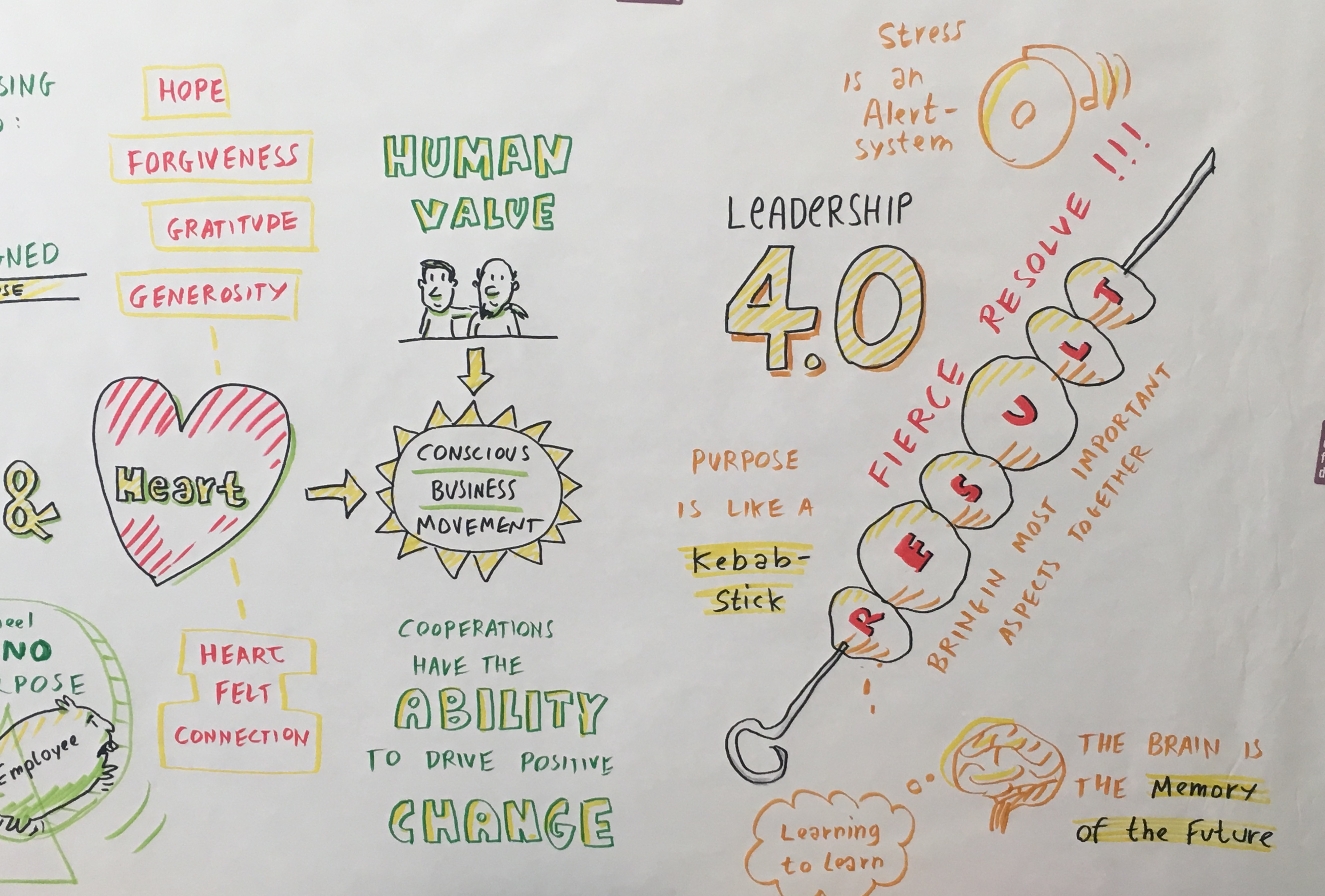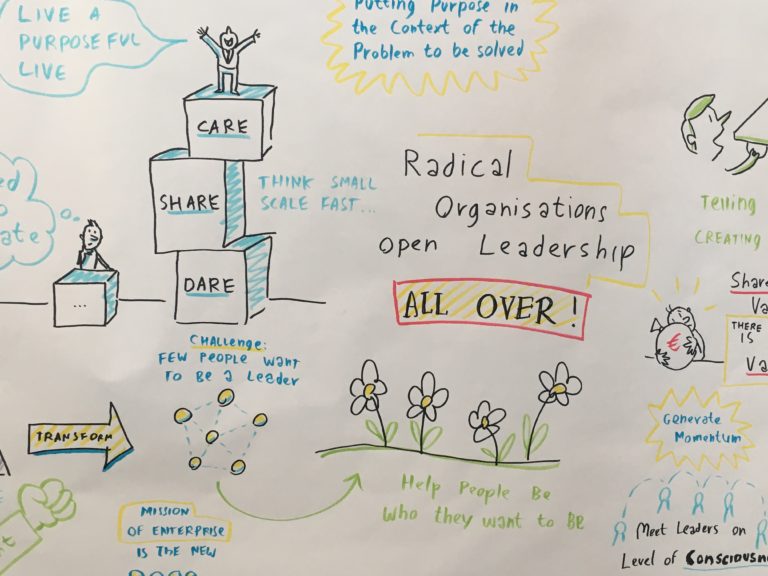Tomorrow’s Changed Leadership
Leadership in a VUCA World
I met Doug Kirkpatrick, change consultant, TEDx speaker and author, at a workshop about future leadership in corporations, when he introduced me to the term VUCA.
Ever heard about the VUCA World? VUCA is an artificial word and stands for Volatility, Uncertainty, Complexity and Ambiguity and describes difficult general management conditions. Exponential technological explosions, like the blockchain, 4D printing, genetic engineering, artificial intelligence, virtual reality, nanotechnology, robotics and many more mark the 4th industrial revolution. How can the impact of the VUCA world be positively reflected in the leadership role of tomorrow?
The Strategic VUCA Challenge
The VUCA acronym also derives a survival strategy for the VUCA world that is vision, understanding, clarity, and agility. Linking VUCA challenges to VUCA strategies makes a powerful approach:
V: Volatility is solved by Understanding
U: Uncertainty is solved by Vision
C: Complexity is solved by Agility
A: Ambiguity is solved by Clarity
AND
V: Vision replies to Uncertainty
U: Understanding replies to Volatility
C: Clarity replies to Ambiguity
A: Agility replies to Complexity
Conclusion:> Hence, leadership in the VUCA World requires:
- a strong vision, that provides clear answers to uncertainties,
- a broad understanding of current developments that explains volatility,
- a clarity that excludes ambiguity and
- that creates resilience in complexity.
What holds true for organisations holds true for individuals. As experiences, beliefs and paradigms are put to the test, individuality must replace the standard. Therefore, how should a world-class thought leader and forward-thinking individual then look like?
Leadership of the future must be committed to the human side of change
We seem to have lost connection to our most trusted sources, our purpose and values. Change must be aligned with our purpose and driven with our values. They are our why and how, guiding us through the process of transition with meaning and impact. Although we also need to develop our skills, above all we have to change our way of thinking, because it is not the technology that counts, but the purpose.
How to create a human-centric leadership for tomorrow’s world:
- Create meaning in what we do! Let’s create technologies that serve human nature and improve lives.
- Create a open learning-culture! A culture in which we can try more, fail more and learn faster. A culture of diversity, holding multiple perspectives to find better solutions for complex challenges
- Create a caring environment to understand the deep needs of our societies. Besides, human centricity is becoming the most important source of innovation.
- Create a context of self-leadership, allowing engagement, connection and collaboration. Expect innovation and creativity from any place at any time.
A Gallup survey from 2016 shows that it seems like that we are still a long way from a human-centric approach. They found that 82% of employees regard their executives as fundamentally uninspiring. In contrast is the 2016 McKinsey study of more than 52.000 managers, where 86% rates themselves as inspiring and good role models.
In summary:
Consequently, at the corporate or individual level, leadership of the future should focus on values not rules. We need to ad value with our social and creative skills to find solutions that smart automation struggle to do. And, don’t put leadership “out there” or make it somebody else’s job. Everyone has a role to play in making our world a better place. Grow your personal leadership skills. Leadership is influence. Influence is the power to change. Create a ripple effect in your environments. Leadership Starts with You!
Be yourSelf-Leader!
Sincerely yours, Yvonne





